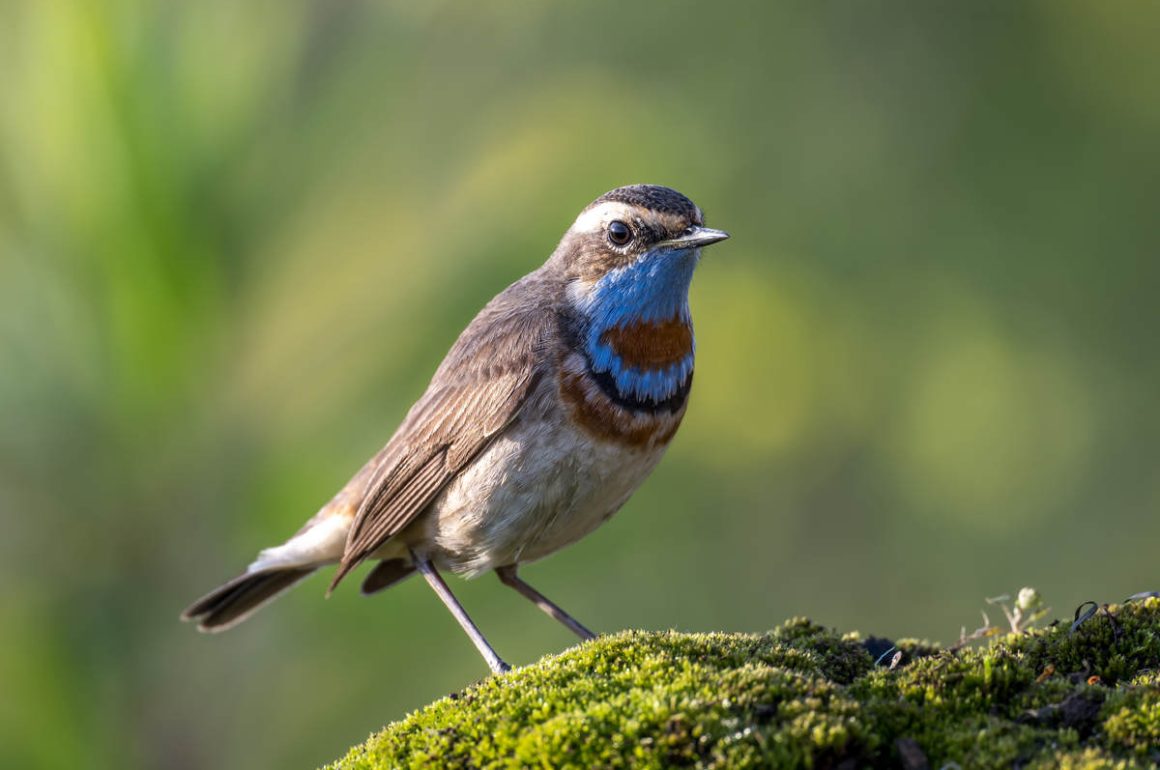
In an established tradition reaching as far back as 2023, I regard the first day I see a colorful male flycatcher in Shanghai as my personal start of the migration season. This year, the date was April 11, a few days earlier than last year (April 16).
And the birds in question (yes, two of them on the same day) were Blue-and-white Flycatcher …
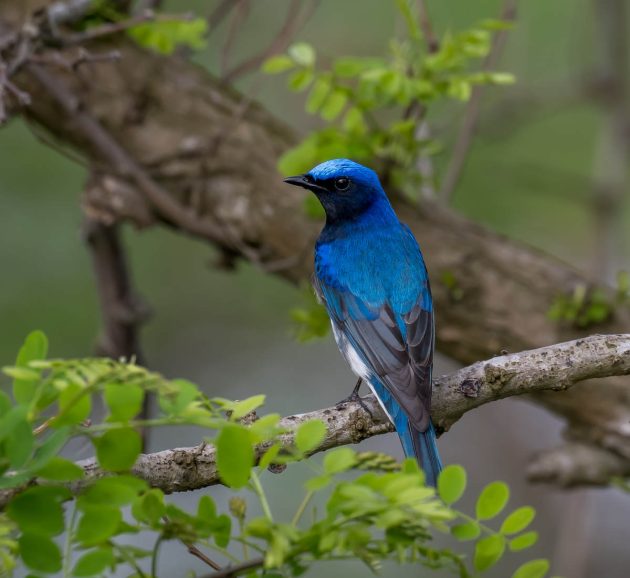
… (eBird gushingly describes the adult male as “strikingly beautiful”, which is true) …
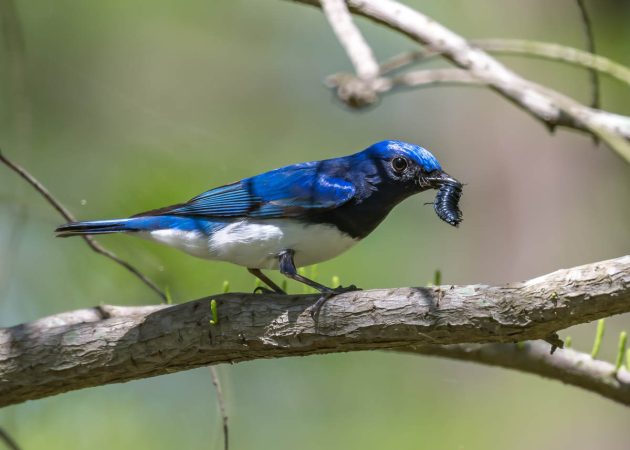
… (while the eBird reviewer must have written the section on the species in a bout of depression, as the song of the bird is described as “a short, sad-sounding series of whistles”) …
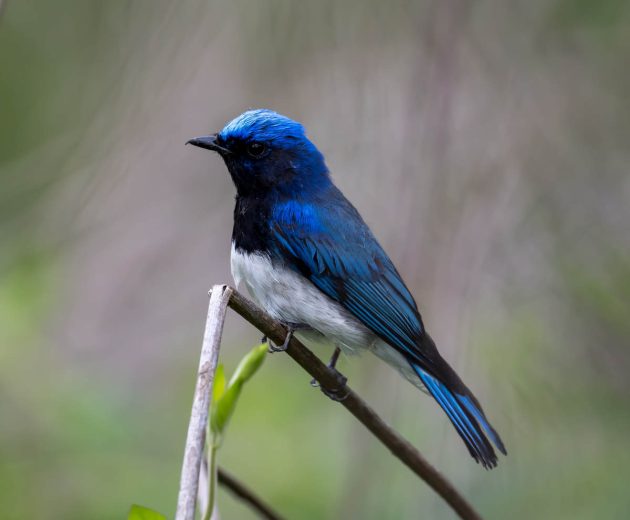
… and Narcissus Flycatcher, which eBird seems to rate as somewhat less attractive than the first species (“splendidly colored” is not quite as enthusiastic as “strikingly beautiful”).
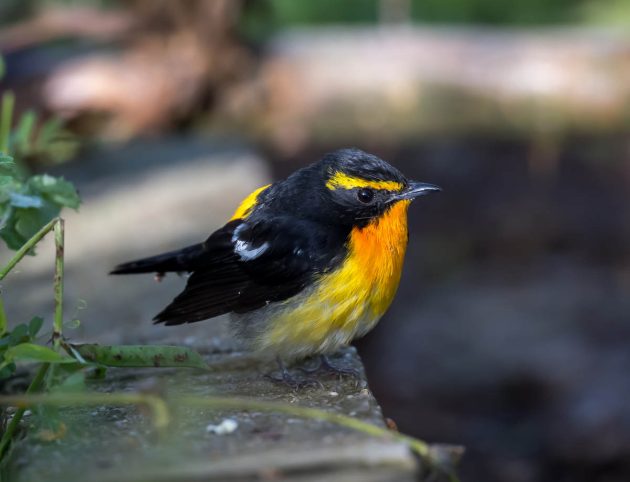
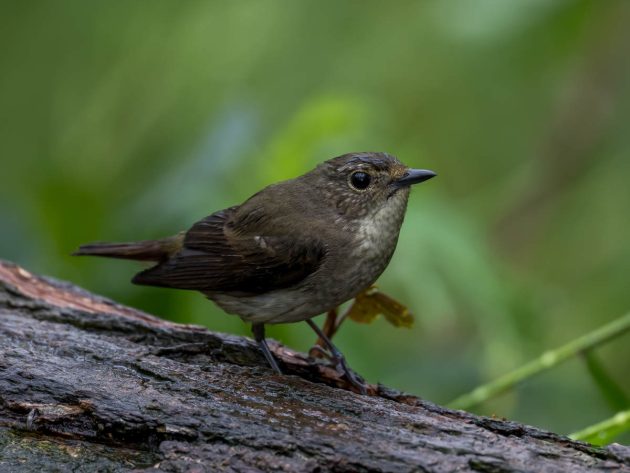
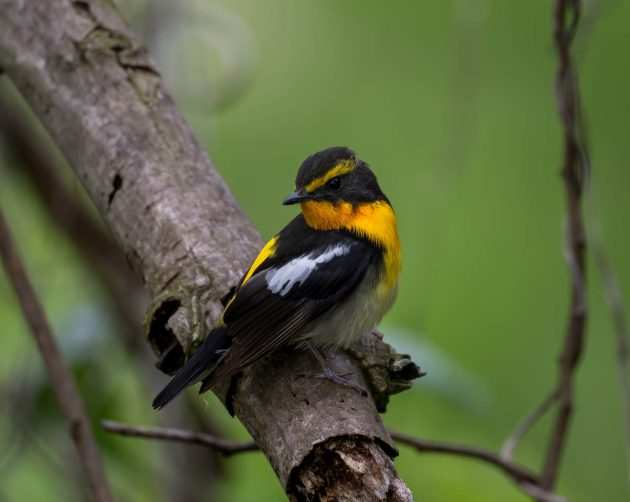
A few days later, a Yellow-rumped Flycatcher joined. It is about as yellow-rumped as the Narcissus Flycatcher – the Chinese name which translates as “white-browed flycatcher” is a bit better at highlighting the difference between the two species.
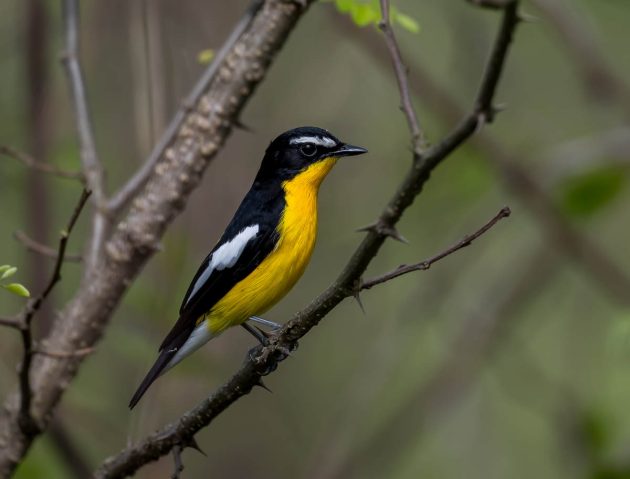
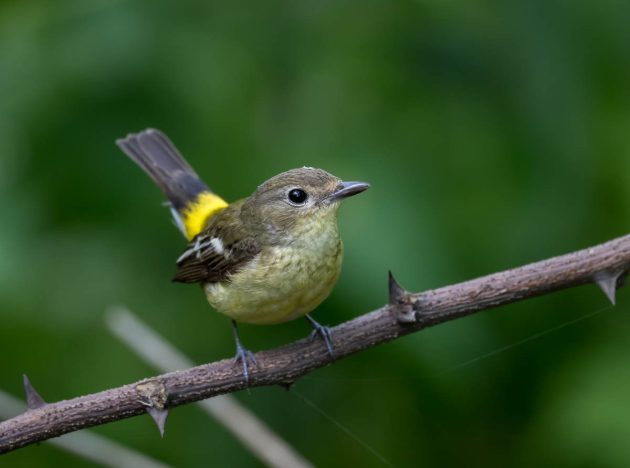
More colorful flycatchers followed:
Mugimaki Flycatcher (with the female looking like a male that has been washed for too long or at too high a temperature) …
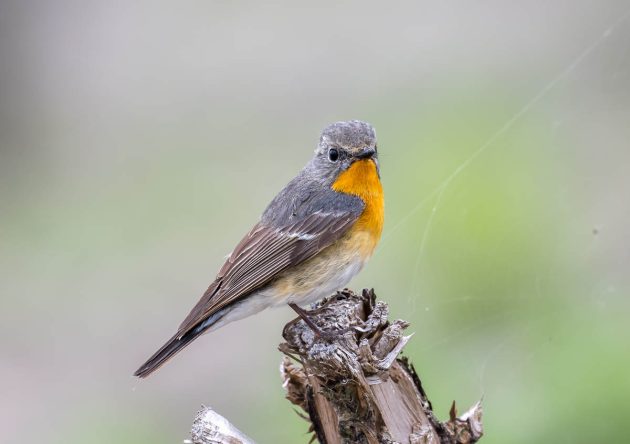
and the Taiga Flycatcher.
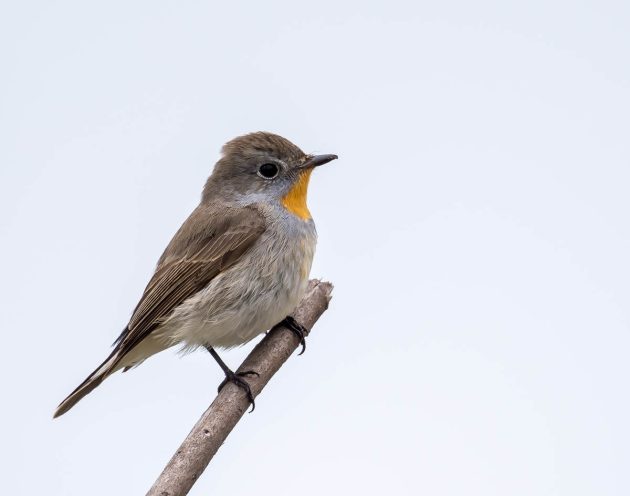
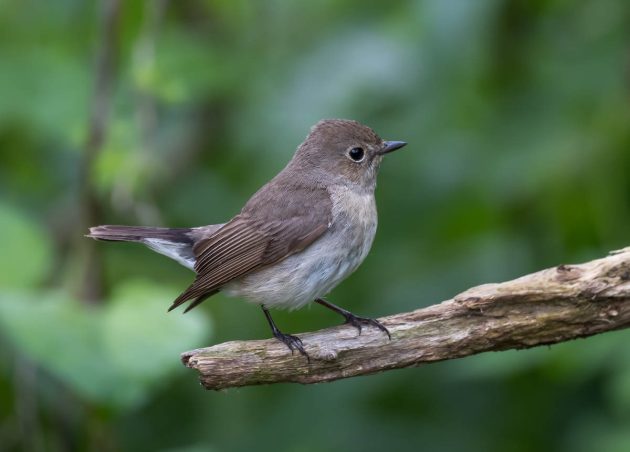
It looks fairly similar to the Red-breasted Flycatcher, but one paper asks “Can you tell a Taiga by its tail?”, answers yes, and then immediately warns you not to do exactly such an id based on only one feature. Still, I guess the moderately catchy title makes it worthwhile.
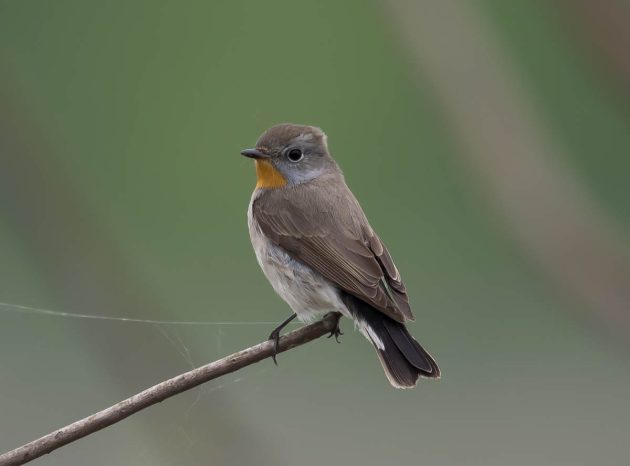
Other species in the same esthetic vein (smallish, cute, colorful) included the Siberian Rubythroat.
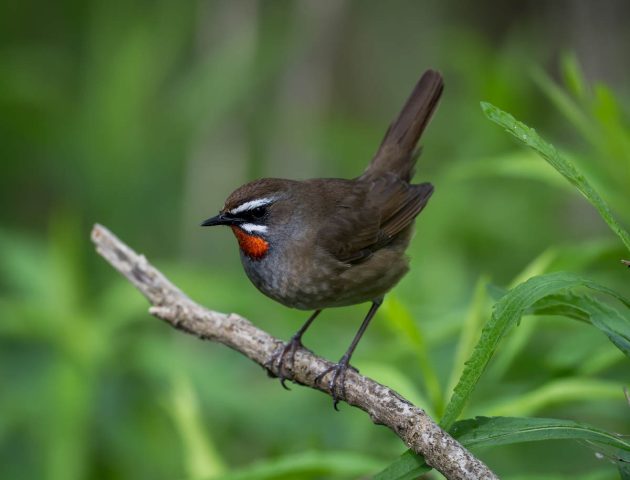
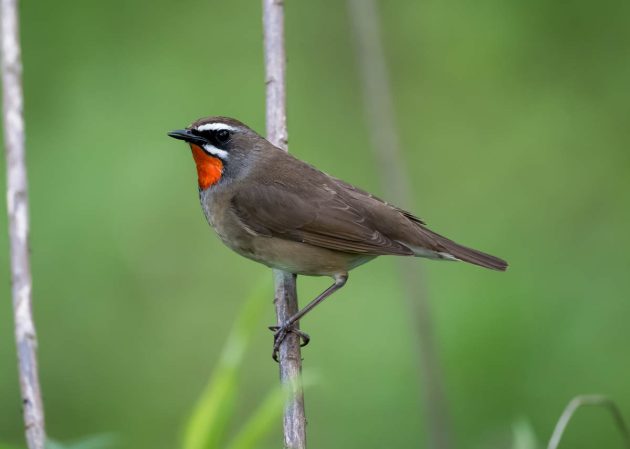
And yes, it is still hard for me not to take photos of this species any time I encounter it – even though this month this happened very frequently.
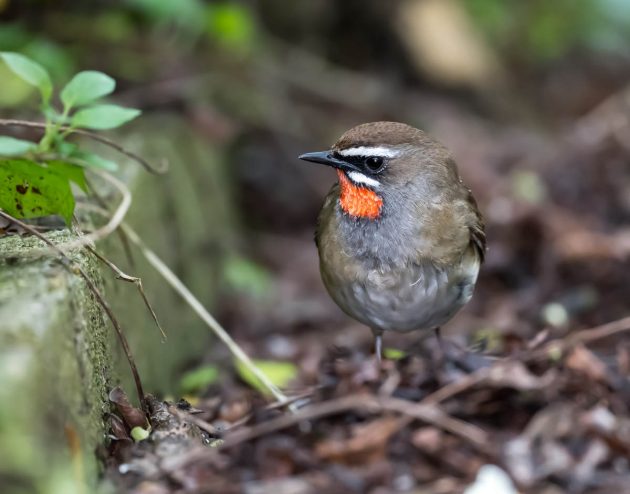
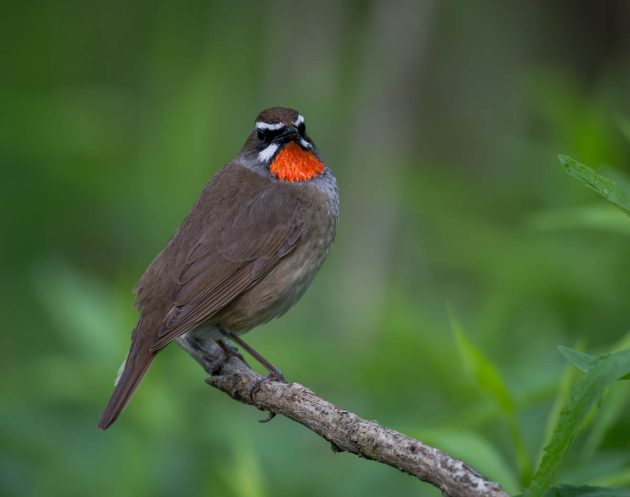
The male Siberian Blue Robin has a marvelous blue color close to what is called Prussian Blue, which was the uniform coat color worn by the infantry and artillery regiments of the Prussian Army. It is produced by oxidation of ferrous ferrocyanide salts. Learning irrelevant things while reading about birds. Apparently, in 1958 Crayola changed their Prussian Blue crayon to Midnight Blue because they realized no one knew what Prussia was – you do now.
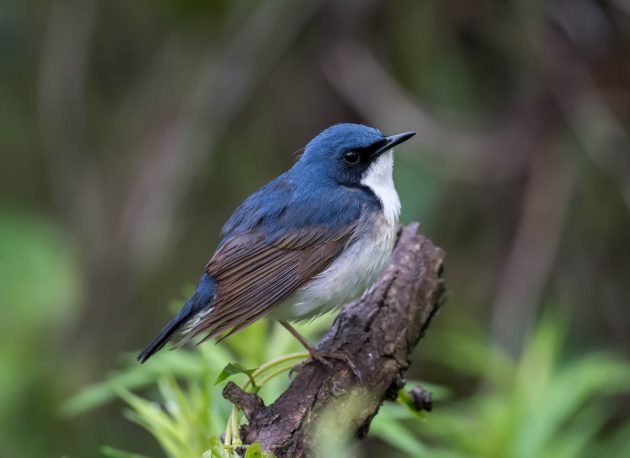
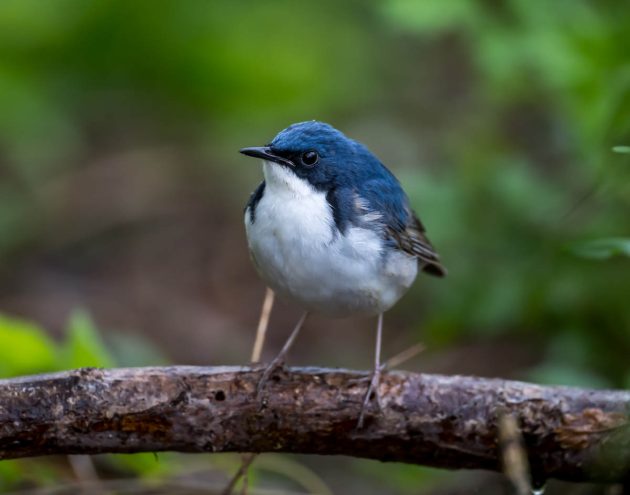
Of the female, the website Birds of Singapore says that it “resembles male but has greyish-brown upperparts”, which is a strange way of stating that its color is completely different.
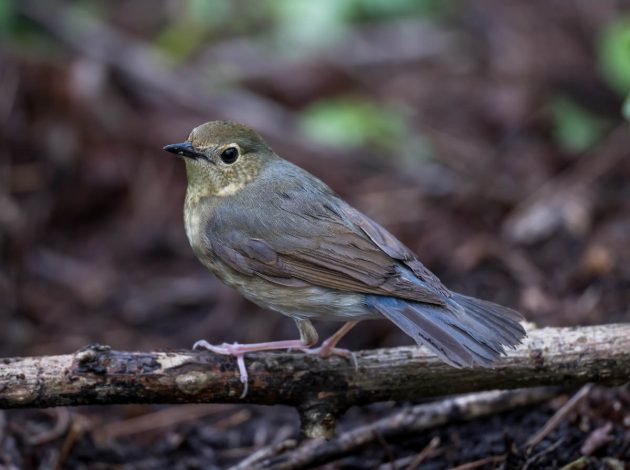
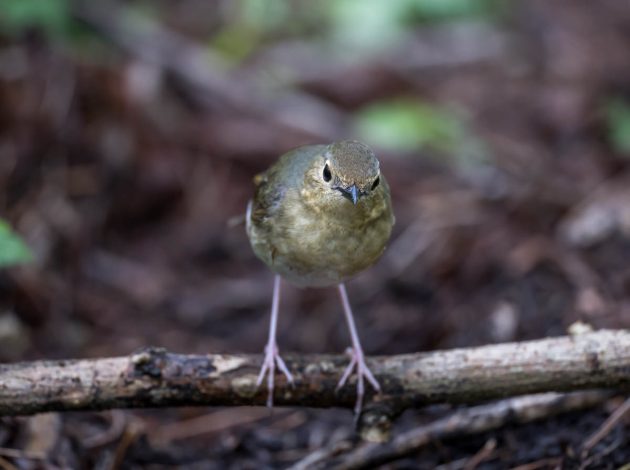
In 2006, some Russian authors described a new subspecies (nechaevi) with some vital differences from the ones previously described: “The second primary feather of L. c. nechaevi is not shorter than the 6th primary feather. The coloration of the bird subspecies is mainly similar to that of L. c. bochaiensis, but differs in the wider distribution of dark areas on the body sides.” Hmm, does that convince me?
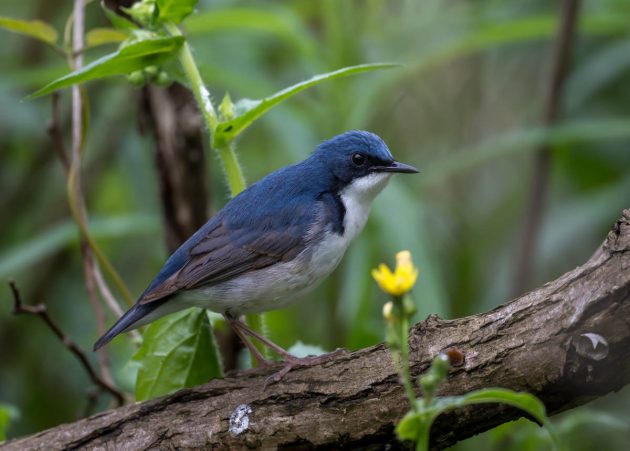
Here’s a Bluethroat.
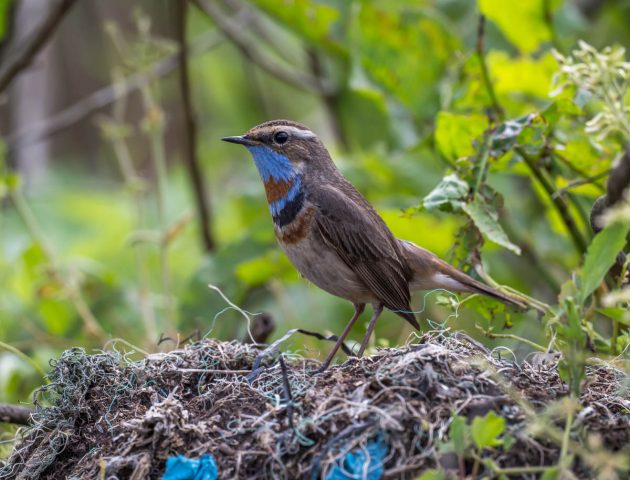
Note the masterful match of the blue plastic with the color of the bird in this shot. I am always trying to shame China into reducing its environmental pollution but with rather limited results so far.
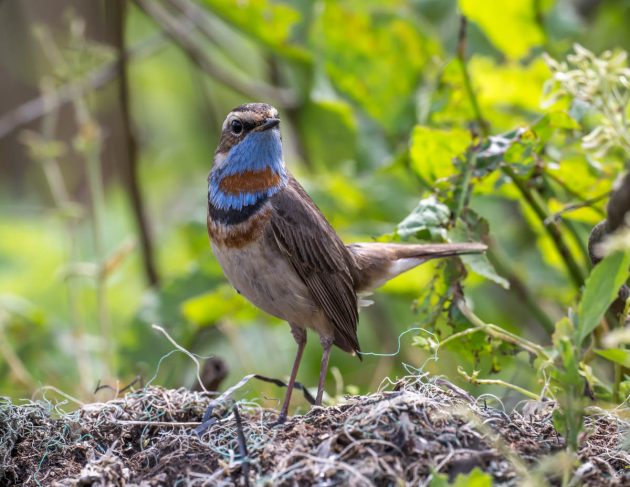
In the subsequent days, the Bluethroat stayed but Chinese bird photographers took over my original site of discovering the bird. Now, you can see the male standing on a nice pile of moss. All the trash is either under the moss or at least outside of the view of the camera. Dealing with environmental pollution the Chinese way – genius!
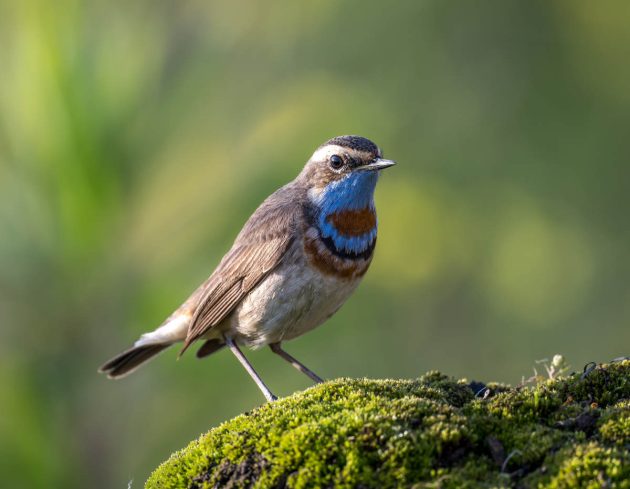
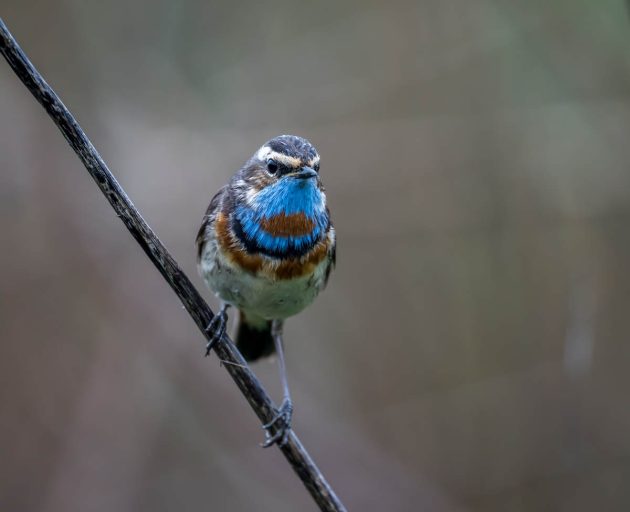
The moss hill apparently was so attractive that the Bluethroat even came during heavy rain.
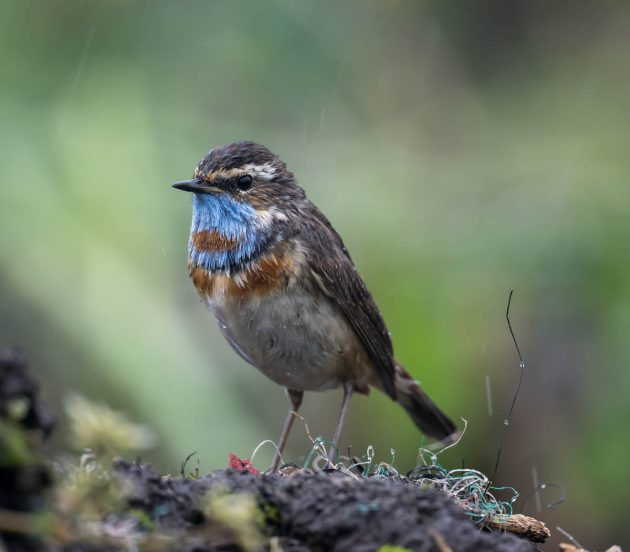
If you are poor, you may only be able to afford rather substandard bluethroats.
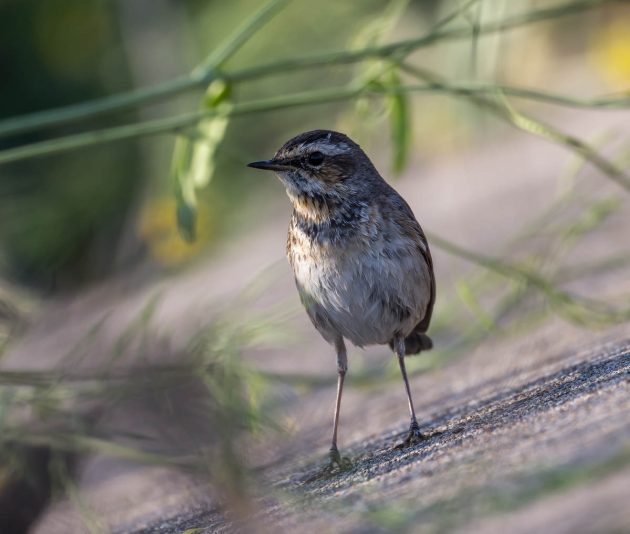
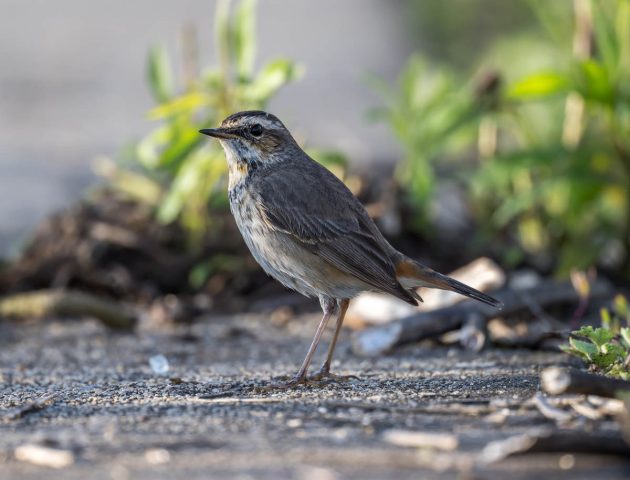
A male Japanese Robin would have fit better in this series, but the female is also attractive and rather difficult to see in Shanghai in spring.
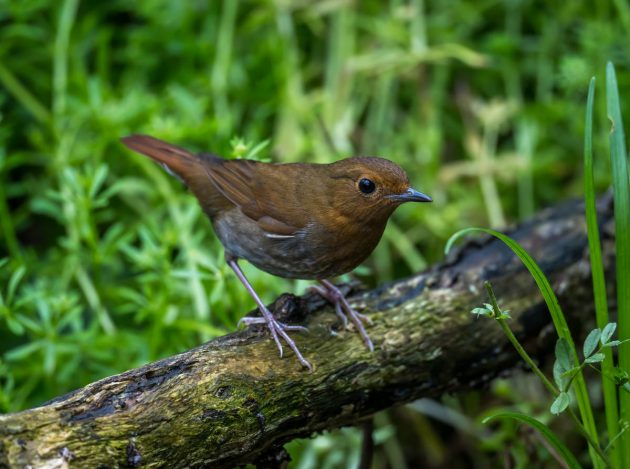
If you criticize the paler color of the female Japanese Robin (or even mention it), I will accuse you of being a misogynist.
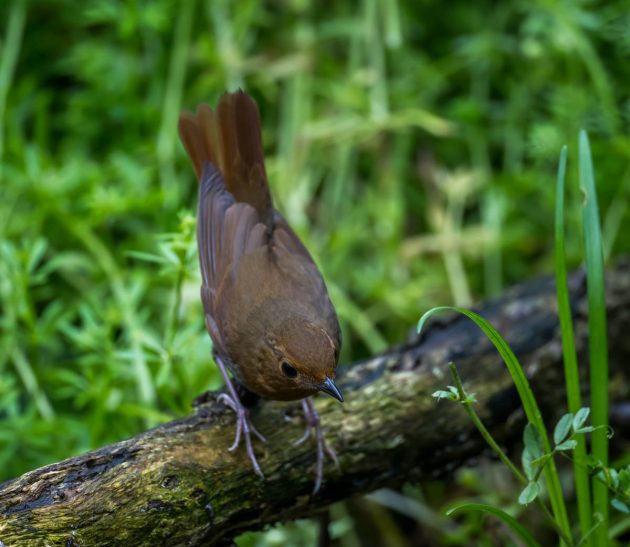
The Brown-eared Bulbul is quite common in Japan but much less so in Shanghai. Apparently, in Japan some bird watchers do not particularly like bulbuls as they scare the other species away – here, being a single individual, this bulbul did not dare to bully any other species.
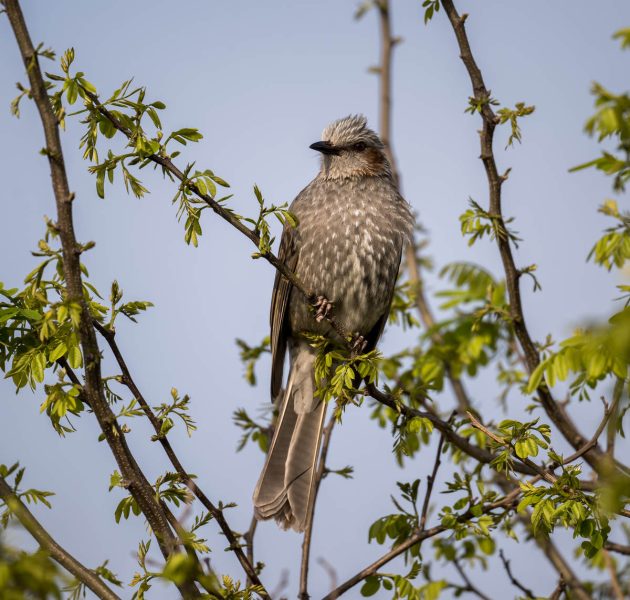
Here’s what ChatGPT says about the Oriental Scops Owl: “The Oriental Scops Owl is a fascinating species with unique adaptations that allow it to thrive in its environment. Its small size and excellent camouflage make it a challenging bird to spot in the wild, but its distinctive calls often reveal its presence.”
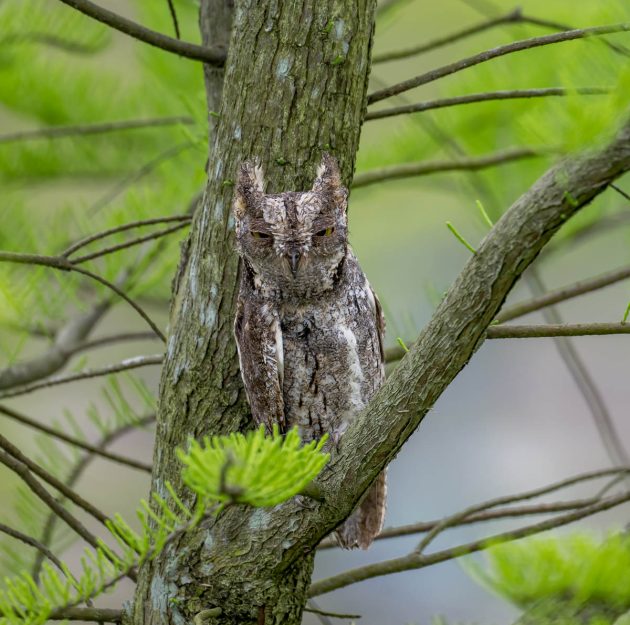
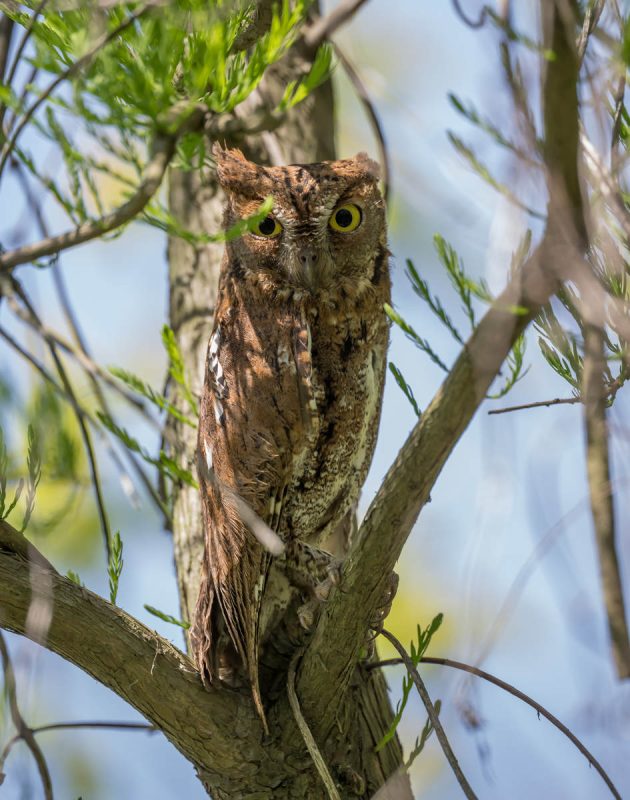
Unfortunately, they never seem to call when in Nanhui, and they are indeed difficult to spot. Both that I saw at Nanhui this month were overlooked by at least 95% of bird watchers …
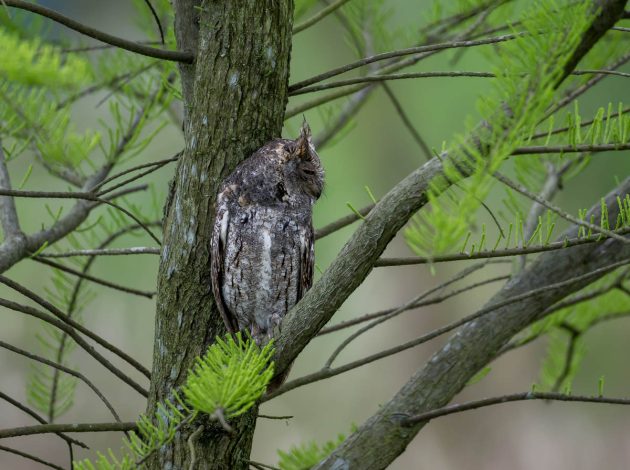
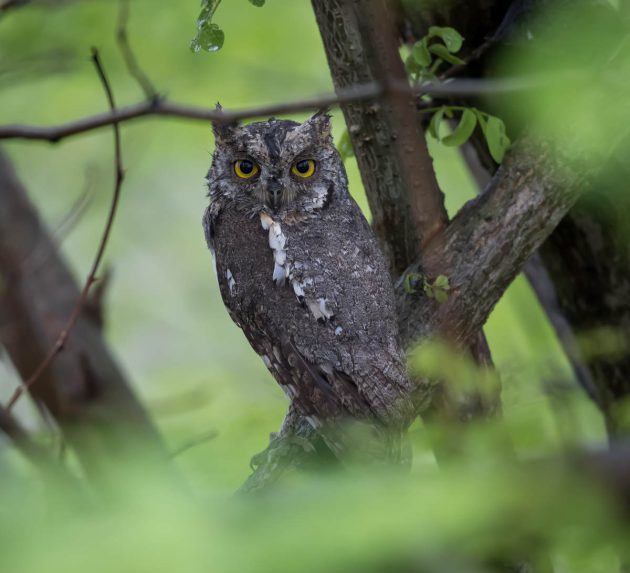
Marsh Grassbirds seem to be popular with Shanghai birdwatchers (and presumably birdwatchers in general) even though (or because?) they can be hard to see and even harder to photograph.
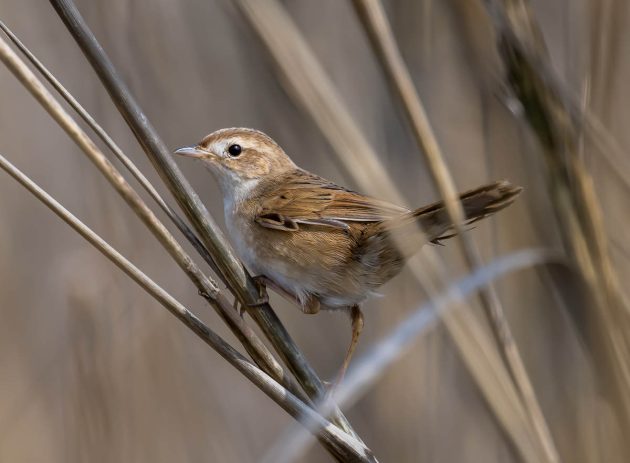
But they make for good copy for sensationalist broadsheets – if this sentence from a study is suitably rephrased: “The sudden disappearance of a nesting male from his territory made the neighboring male expand his original territory to the vacant area where the unrelated nestlings were being reared by a female in the nest. The male found the nest and attacked the unrelated nestlings. We inferred that the infanticide sequence was done as food resource competition and/or sexually selected infanticide.”
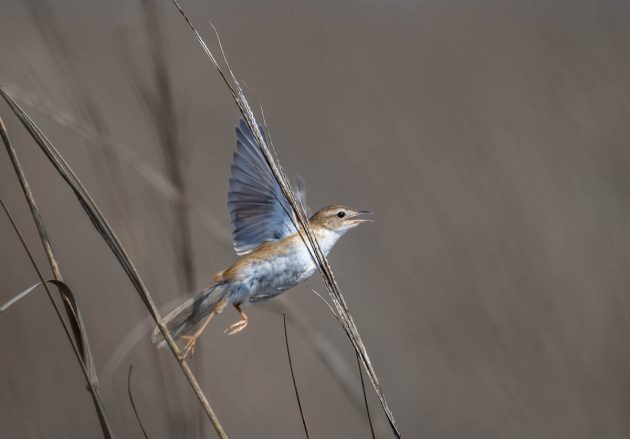
As I did not want to do the editing myself, I asked ChatGPT: Could you rephrase and shorten this passage so that it sounds like an article in a sensationalist newspaper?
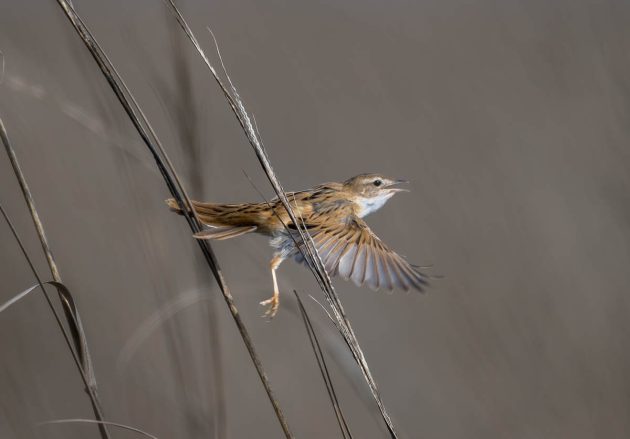
And yes, ChatGPT did: “Territorial Drama: Bird Dad Vanishes, Neighbor Moves In and Attacks Nestlings! In a shocking turn of events, the sudden disappearance of a nesting male songbird left a prime piece of territory up for grabs. The neighbor didn’t waste any time—he swooped in, found a nest with unrelated babies, and attacked! Experts believe it’s either a vicious fight for food or a dark twist in the quest for mates.”
Guess who wrote the HBW entry for Alstroem’s Warbler? Yes, it was none other than Per Alstroem. Seems a bit North Korean style to me to name a bird after its discoverer and then have the same person write about it, but it seems to be shameless is not the exclusive prerogative of Mr. Trump.
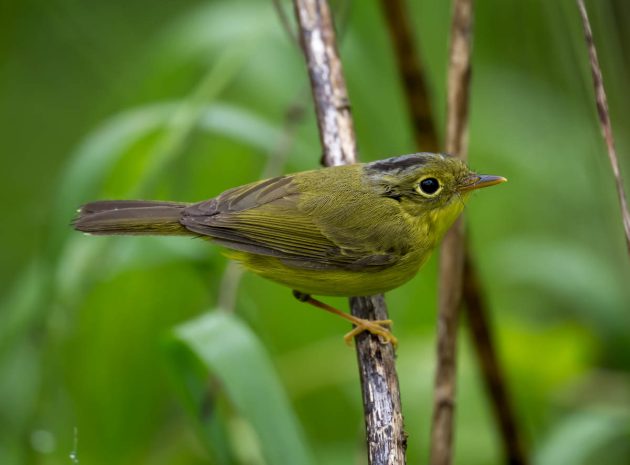
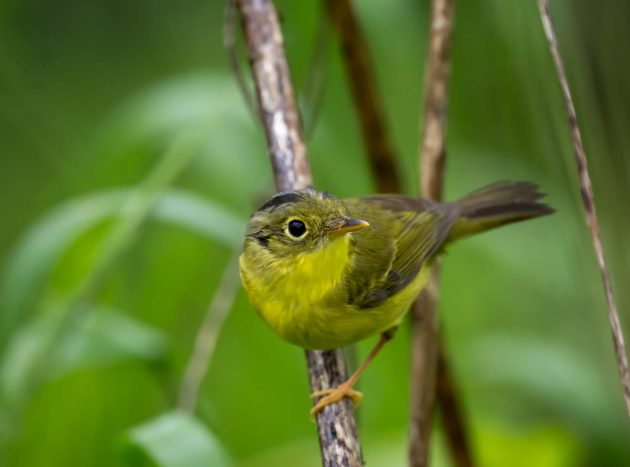
A short paper in the Journal of the Natural History of African Birds points out shoddy research that ended up describing the Eurasian Hobby as a “hunter of dusk and dawn”. It is not.
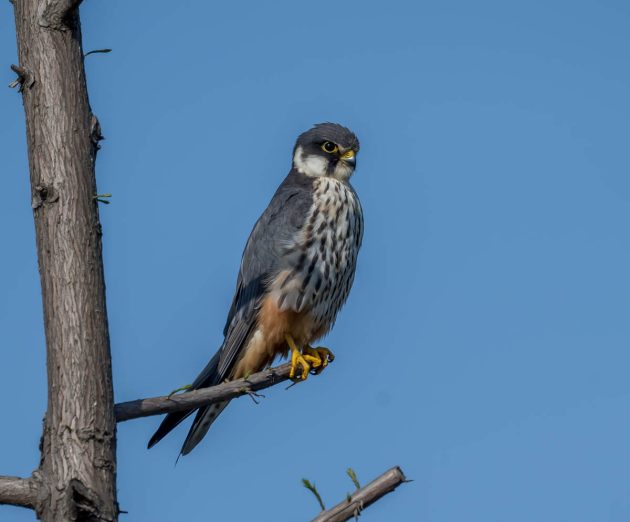
Another paper hypothesizes that the Eurasian Hobby has “false eyes” at the back of its head, much like the Collared Owlet. Unfortunately, my photo does not illustrate this at all.
Here are some photos without any annoying words:
Brambling
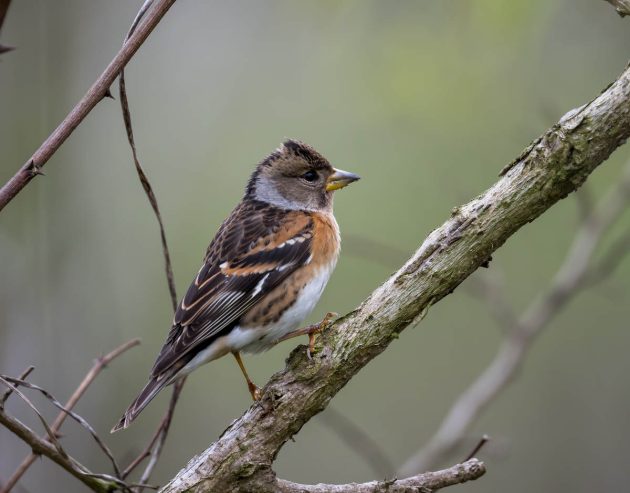
Grey-capped Greenfinch
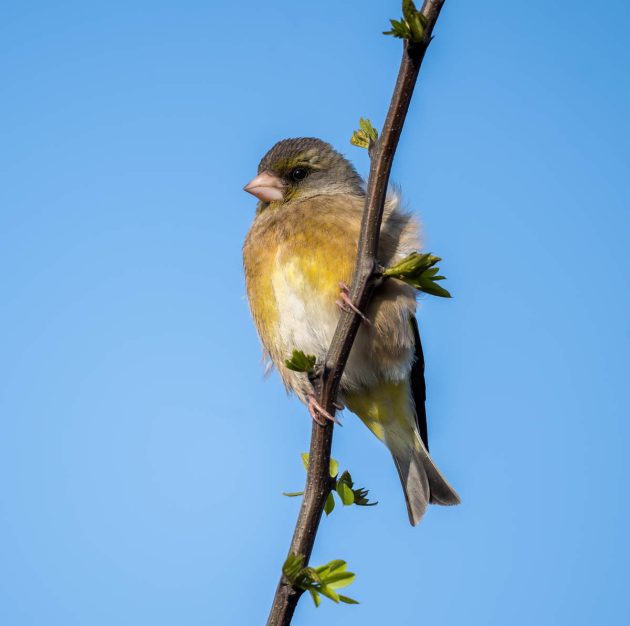
Blue Rock Thrush
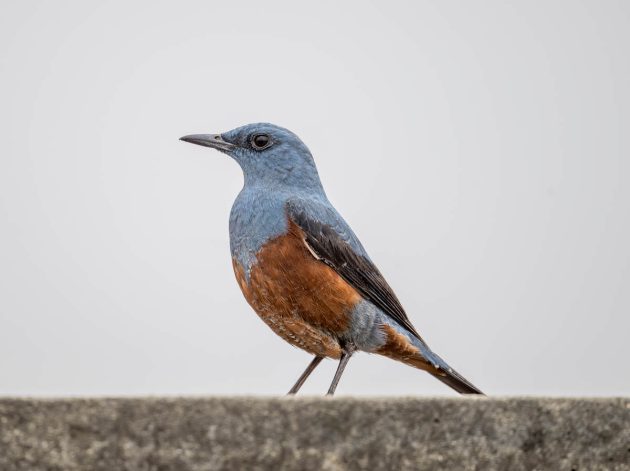
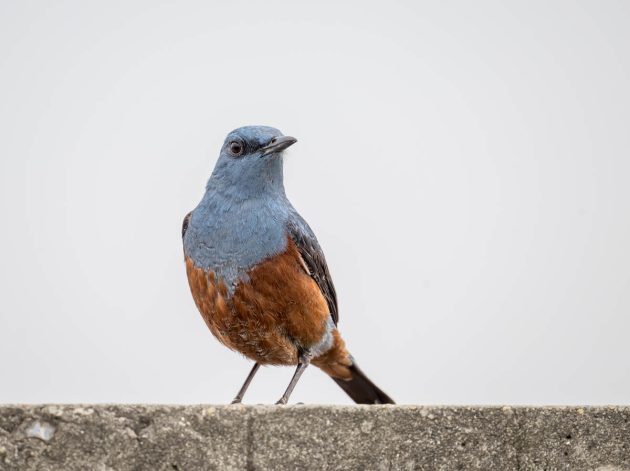
Black-collared Starling
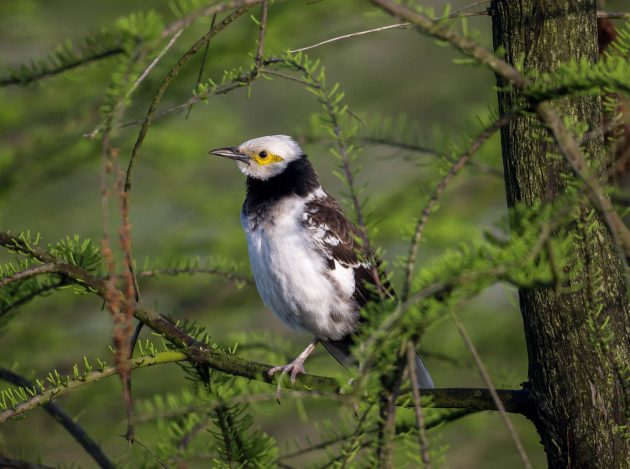
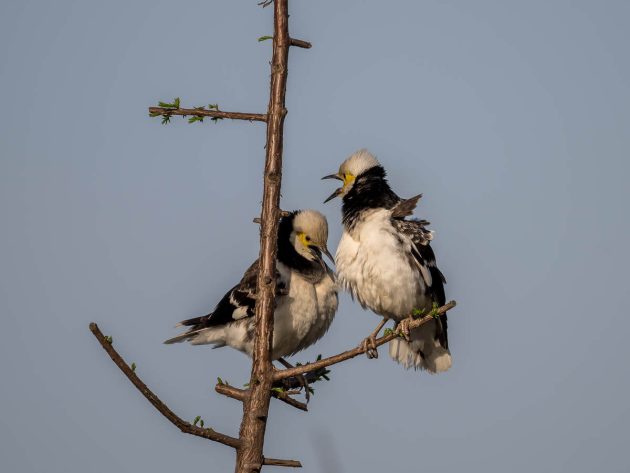
Black Drongo
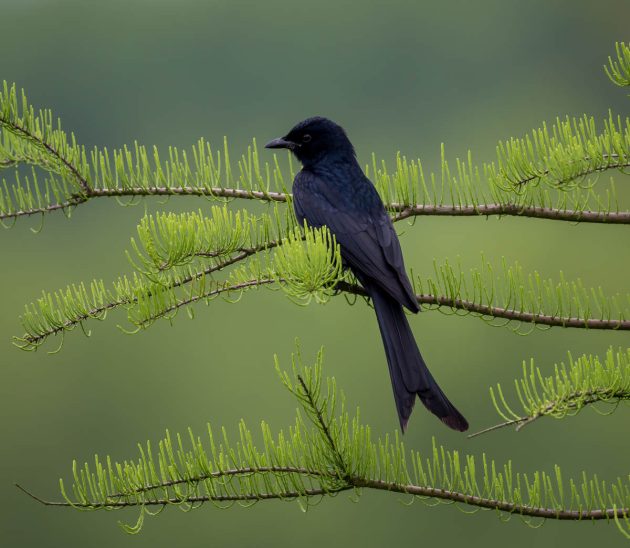
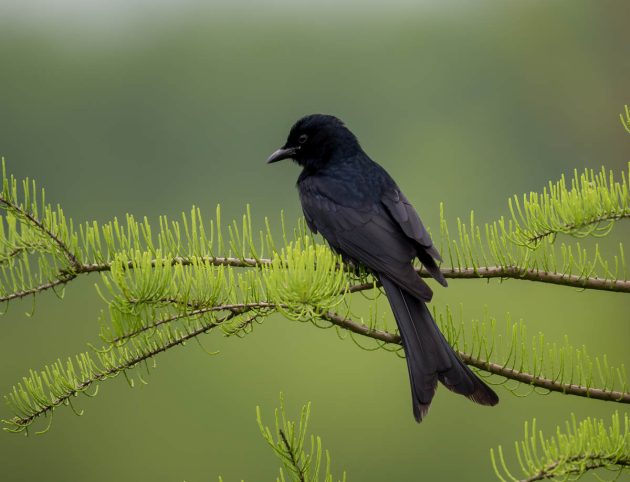
Hair-crested Drongo
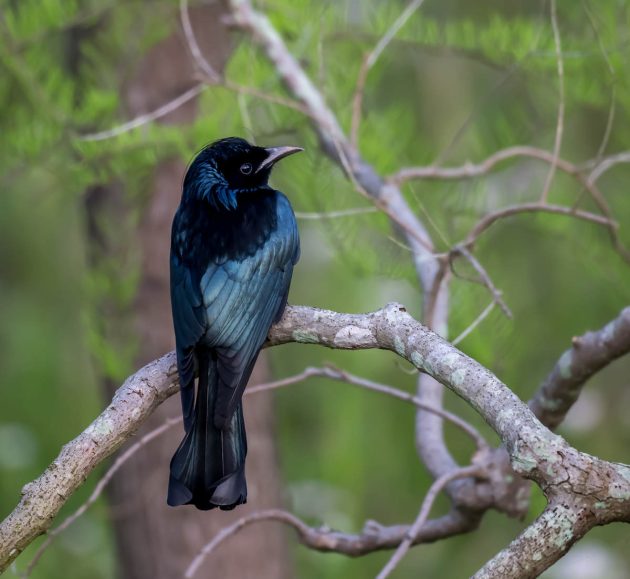
Eurasian Sparrowhawk
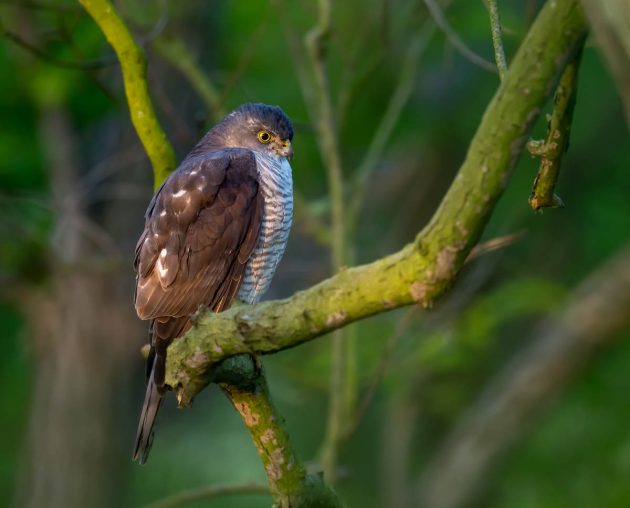
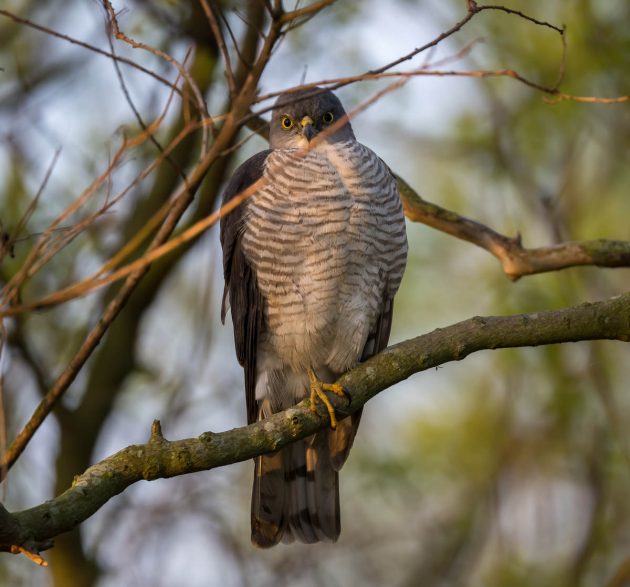
Black-winged Stilt
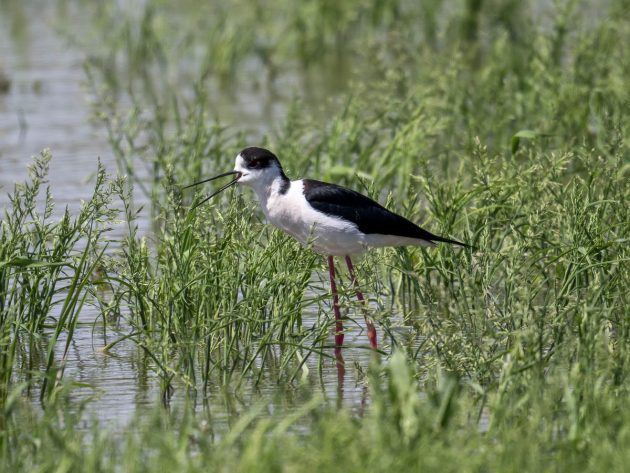
Manchurian Bush Warbler
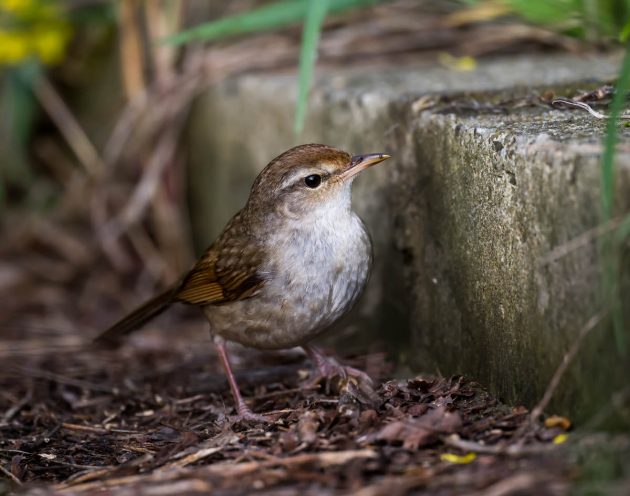
Asian Stubtail
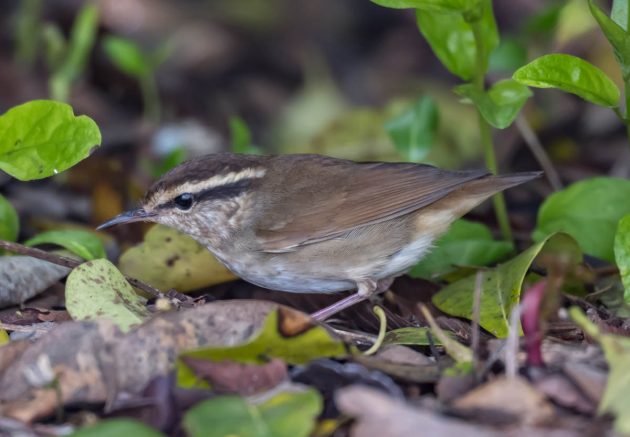
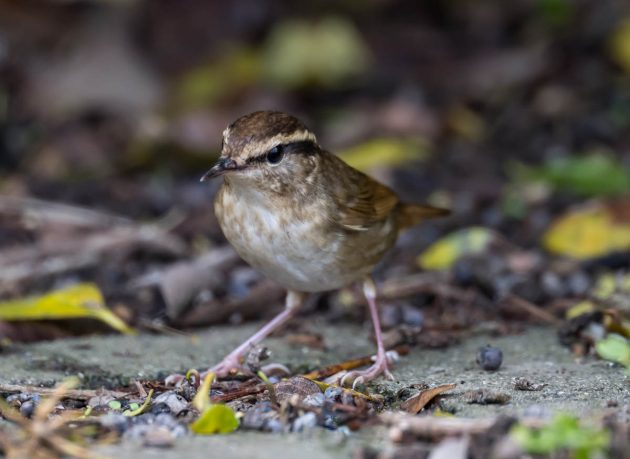
Chinese Pond Heron
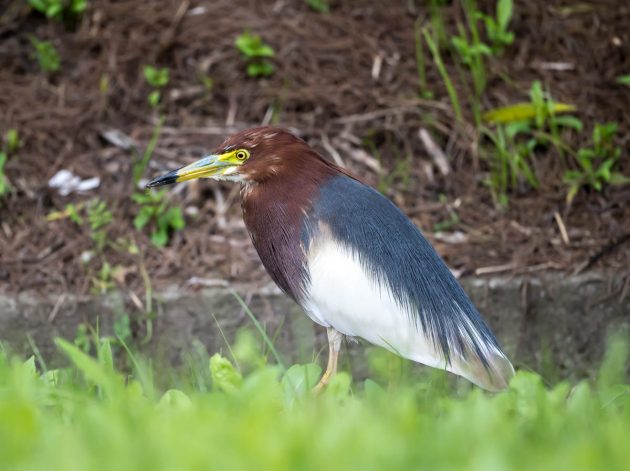
Eurasian Hoopoe (wet morph)
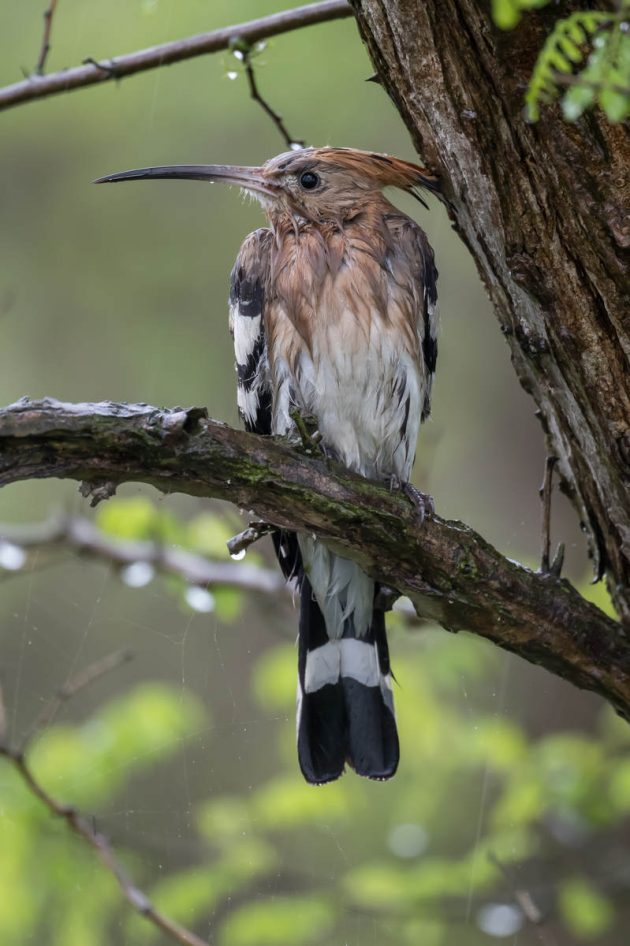
Some endangered species:
Black-faced Spoonbill
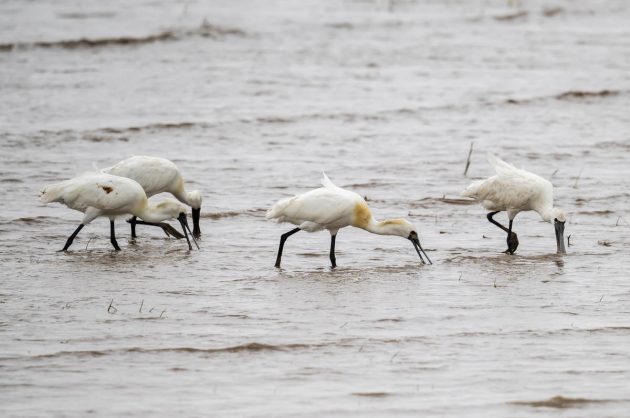
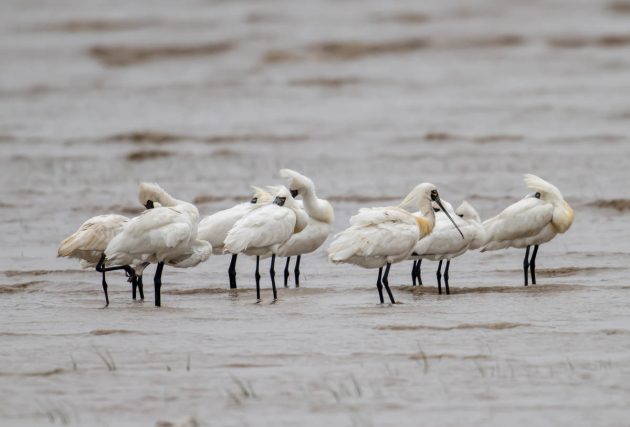
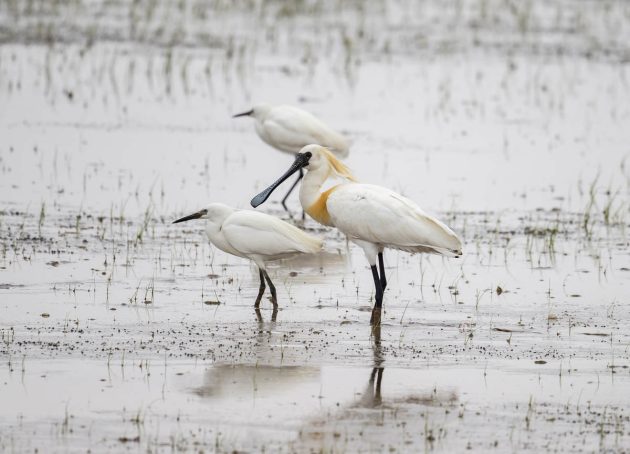
Far Eastern Curlew
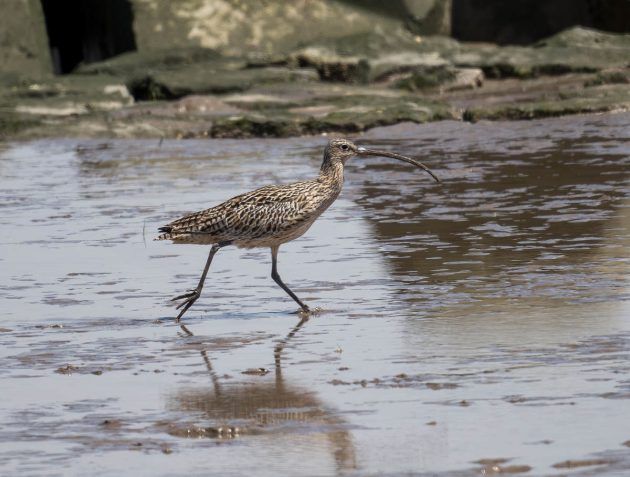
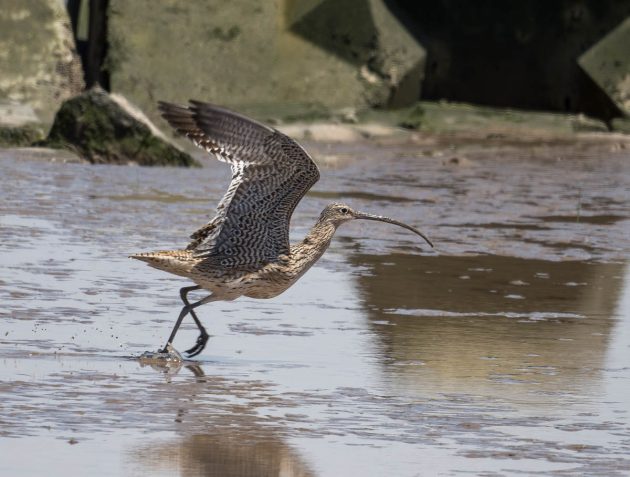
Chinese Egret, with a known global population of only about 2,600-3,400 birds (source).
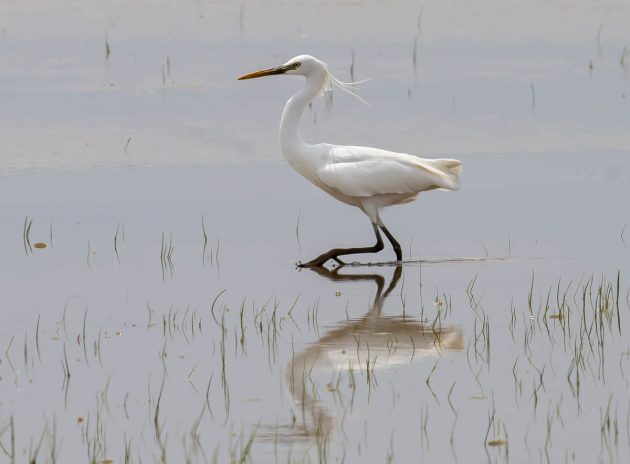
Apparently, this bird enjoys sex outside of established relationships but less so with its formal partner. Or to quote directly from the source: “Observations conducted in 2003 at Xing-Ren Tuo in Liaoning Province indicated that the species had a low within-pair copulation frequency and a relatively high extra-pair copulation frequency.”
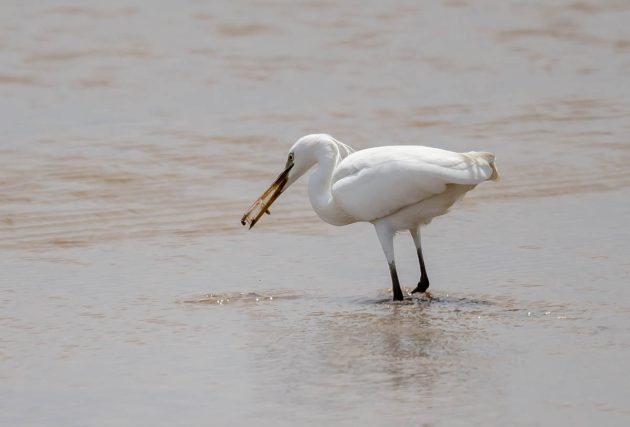
Other parts of the abstract also read like academic descriptions of pornographic movies: “The occurrence of extra-pair copulations depended upon the absence of the cuckolder’s mate and the cuckolded male”.
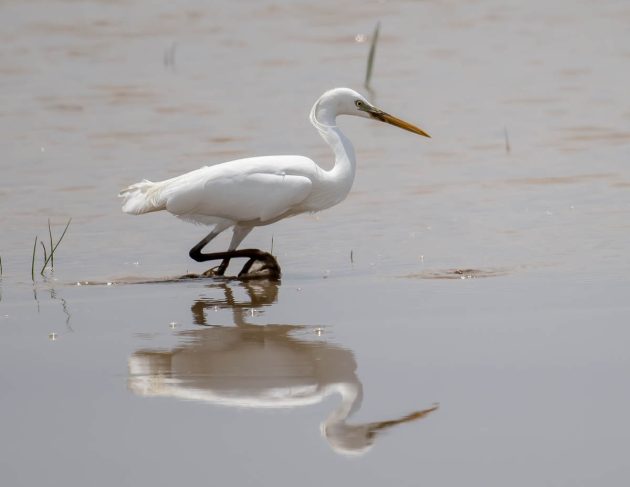
This Little Ringed Plover is not endangered but is clearly having a bad hair day.
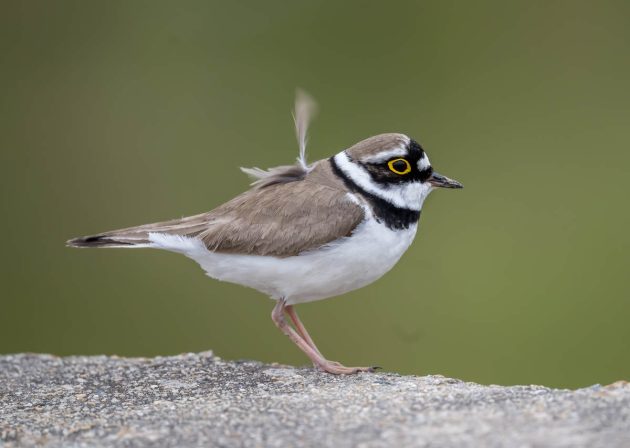
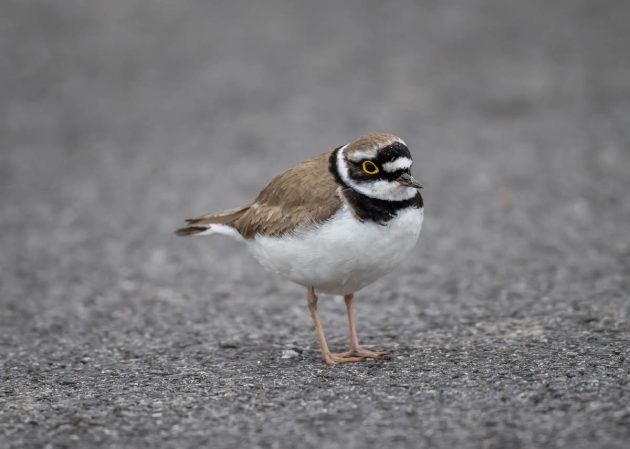
Many thrushes are not particularly elegant birds – think of Pale Thrush – but the Japanese Thrush is.
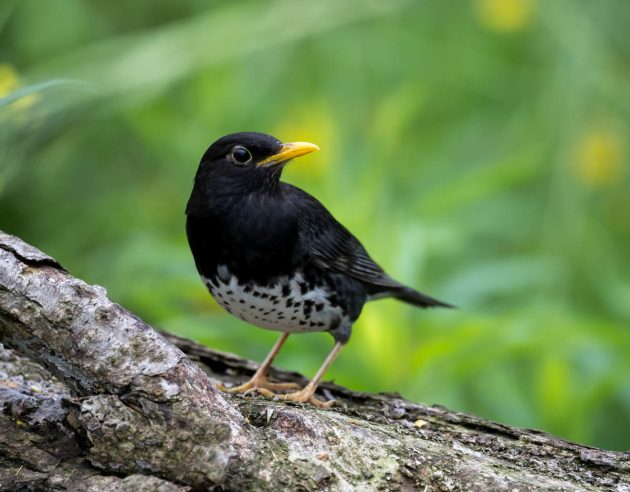
Some male Japanese Thrushes seem to engage in morally questionable behavior – according to the HBW, “Polygynous males have been found in Japan, maintaining primary and secondary territories (singing areas) and making dawn trips or even multiple daytime trips to these areas”.
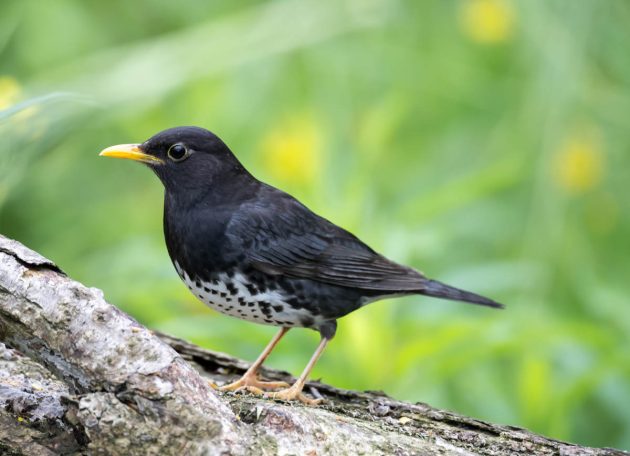
As always, it is the female of the species suffering from this behavior.
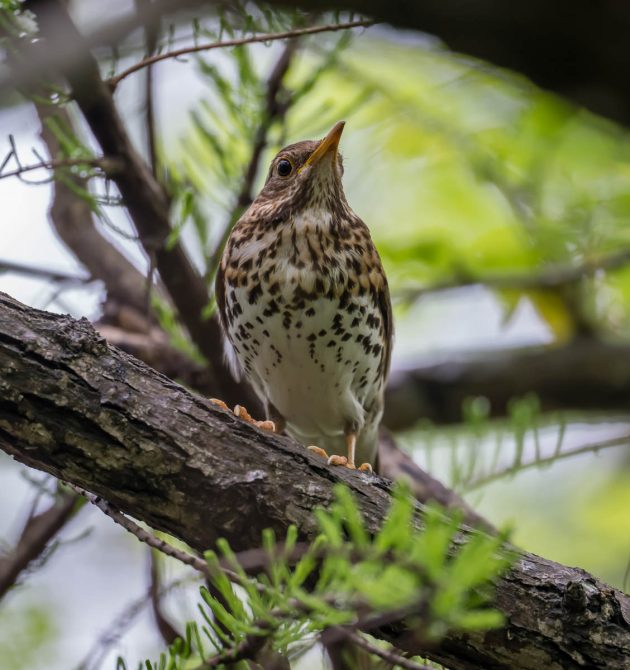
Black Redstarts are rare in Shanghai (in fact, this was the first one I have ever seen here) but not so in France.
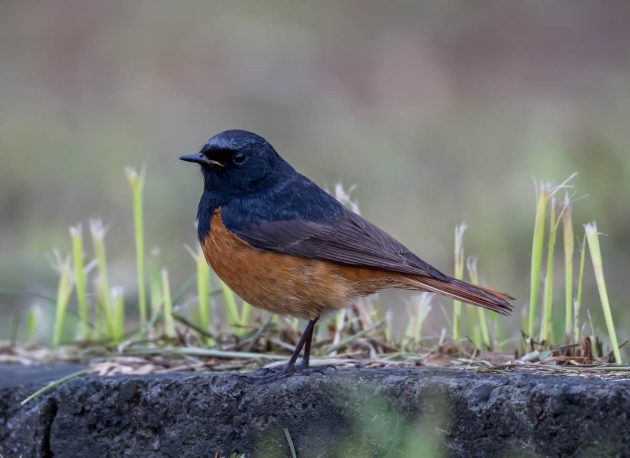
The males there (and elsewhere) sing in different microdialects, and interestingly, males are more aggressive toward singers sharing their own microdialect. Unfortunately, at least the abstract of the paper does not give a hypothesis as to why this is the case.
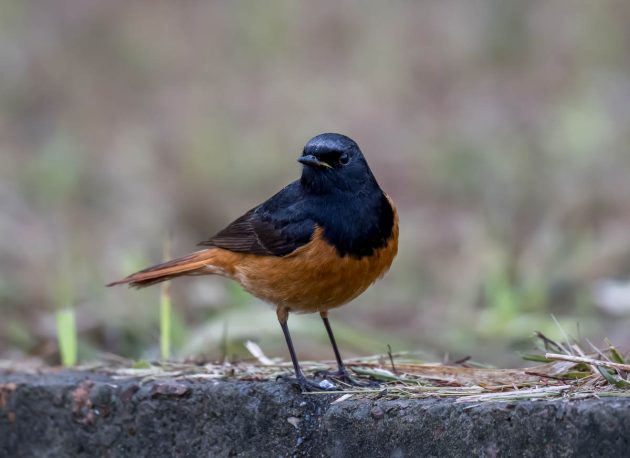
There is also a difference between the song of adult male Black Redstarts and that of subadults – maybe a sign (an “honest signal”, in science-speak) by the subadults that helps them avoid dreary old-man gatherings in smoke-filled pubs …
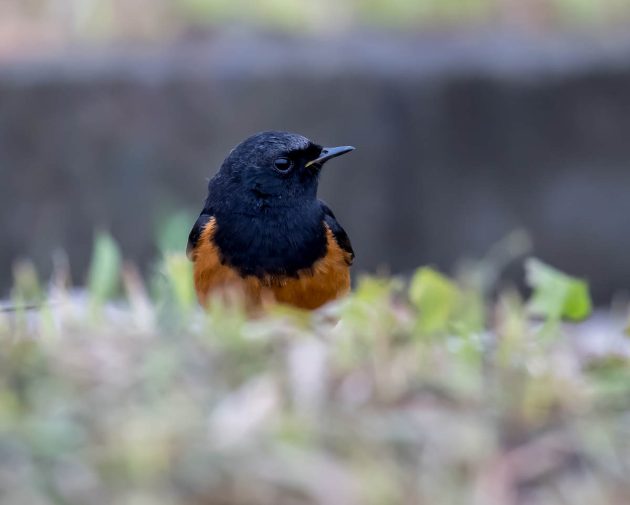
In certain poses, the Eurasian Wryneck looks like a dangerous snake.
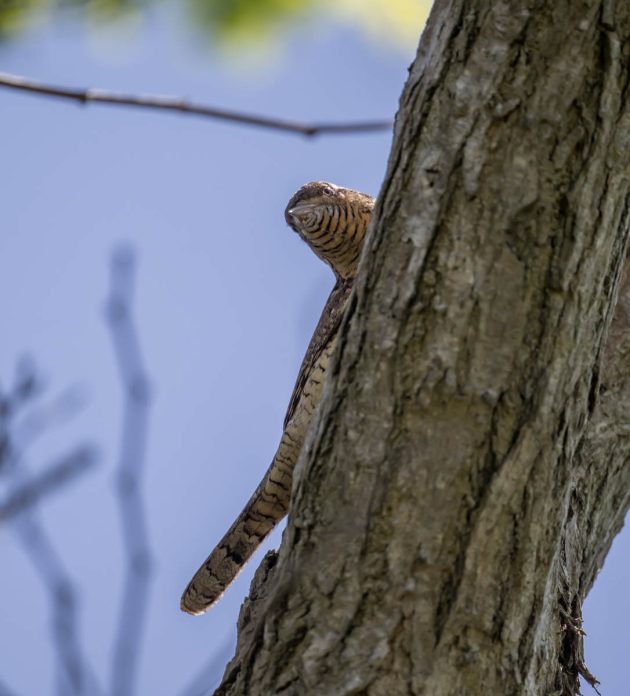
In others, more like a sock puppet.
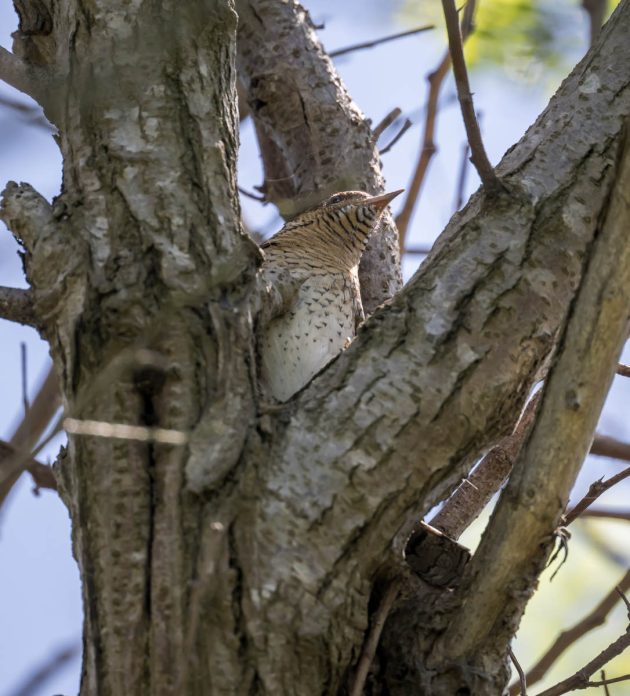
According to an article in National Geographic, when spooked, Eurasian Wrynecks indeed “bend and twist their head from side to side, often while hissing, to imitate a forest snake”.
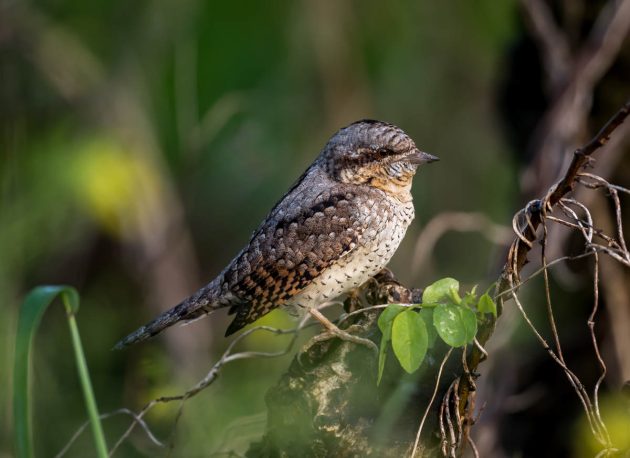
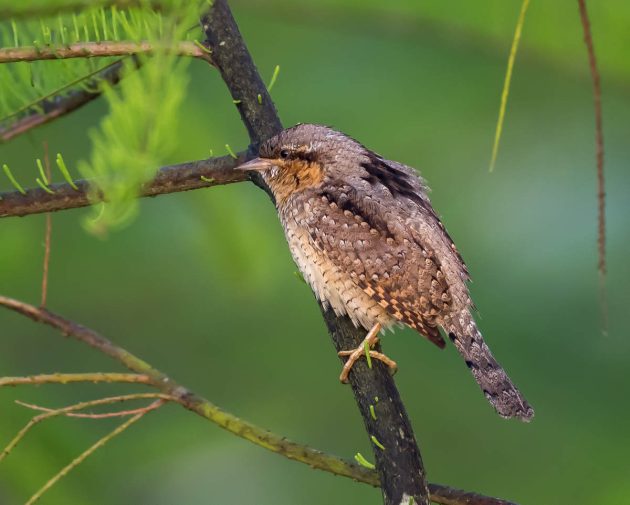
This snake-like behavior also led to the belief that they have some magical powers – sadly, nowadays we do not think that anymore, preferring to believe in Bitcoin.
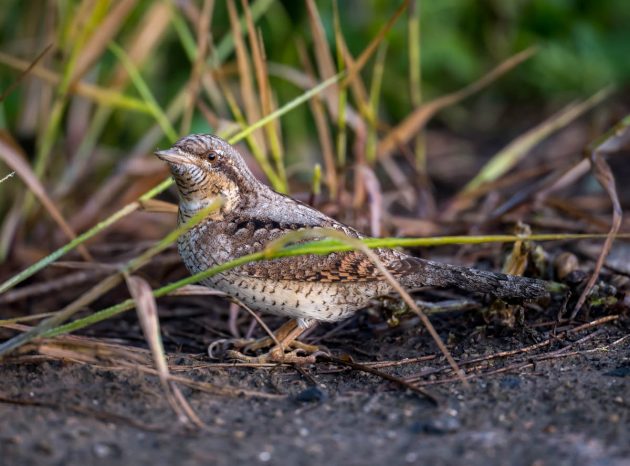
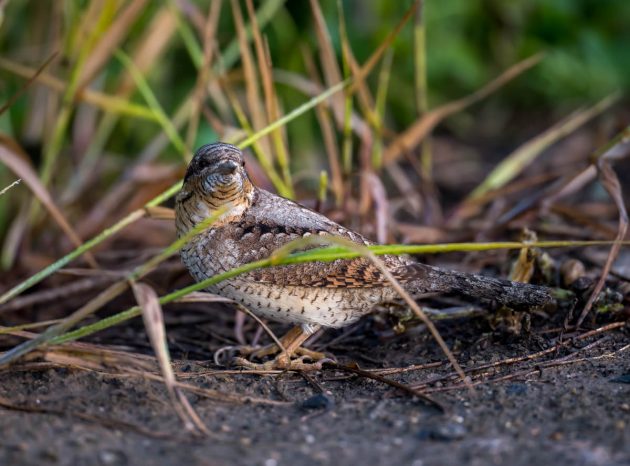
Among the various buntings of the month, the highlight was this Chestnut Bunting. A difficult bird to get a decent photo of – I know, photographers say that of many species (gives them a greater feeling of accomplishment), but eBird seems to support this claim: “Small, shy bunting, usually seen through a screen of thick shrubby vegetation in low, dense thickets”.
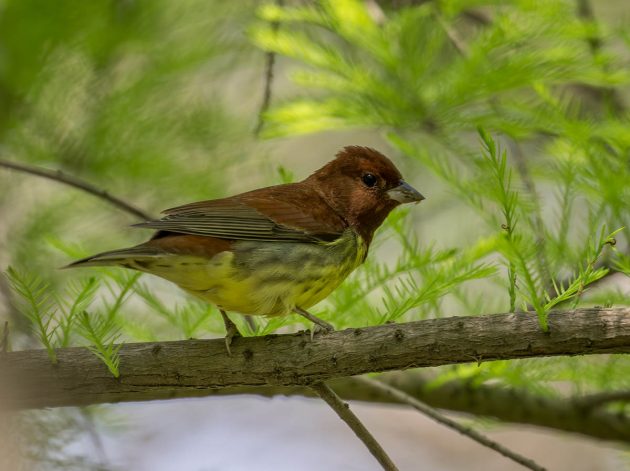
Do you sleep well when the light is on? If not, you have something in common not only with me but also with said Chestnut Bunting. A Chinese study found that artificial light delayed the time until the birds fell asleep, reduced sleep duration, and increased the frequency of awakenings.
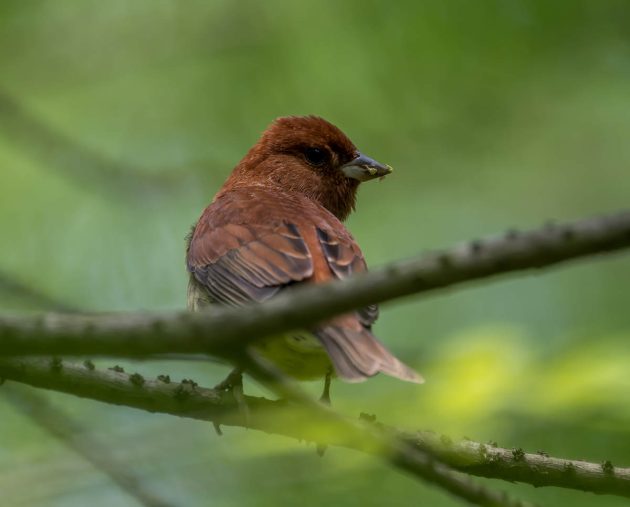
The amount of disturbance also depends on the color of the light – the authors hopefully conclude “The study highlights the potential of adjusting spectral compositions of light source to mitigate the disturbance of artificial light to avian sleep”. Good luck telling a Chinese city to change the color of its light bulbs …
Here are a few more buntings before Shanghai moves into the bunting summer break:
Black-faced Bunting
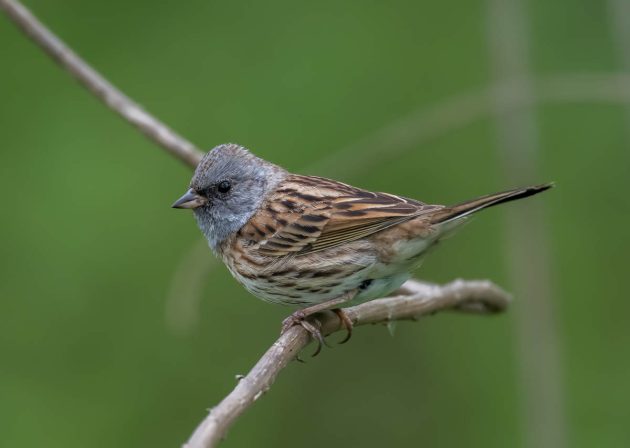
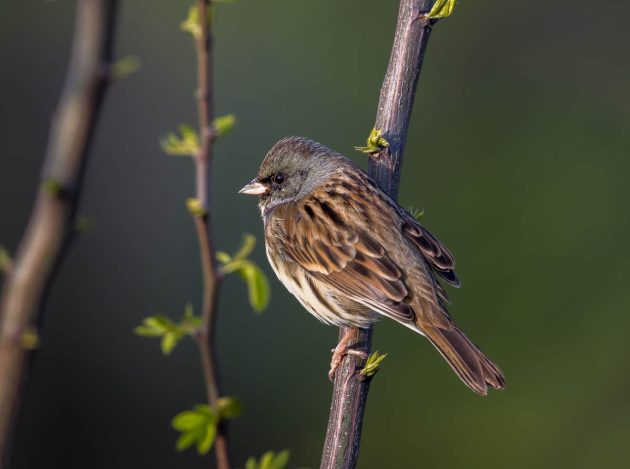
Tristram’s Bunting
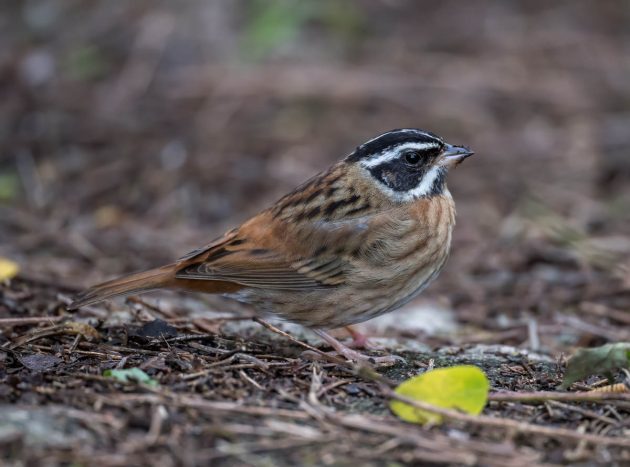
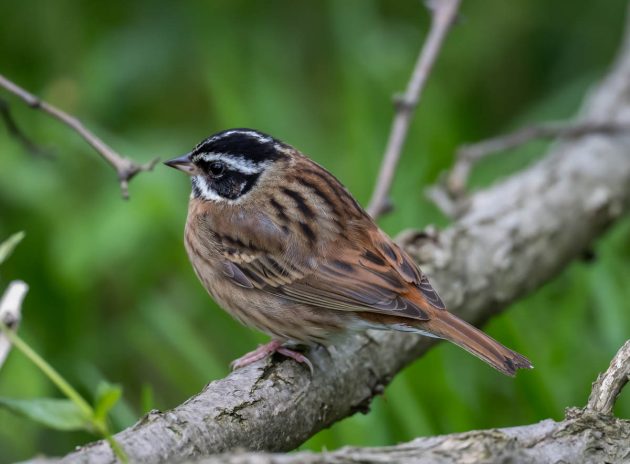
Yellow-browed Bunting
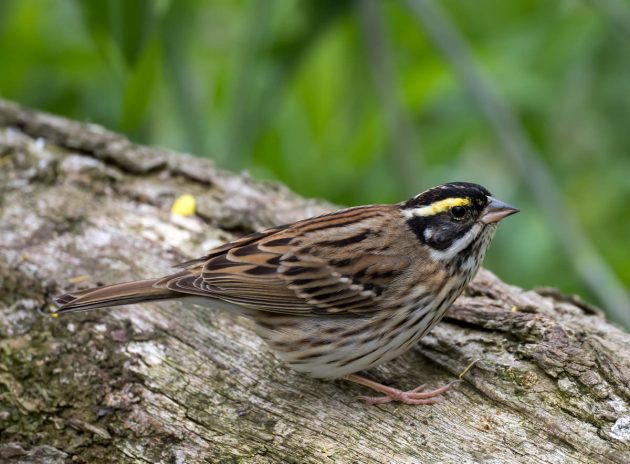
Little Bunting
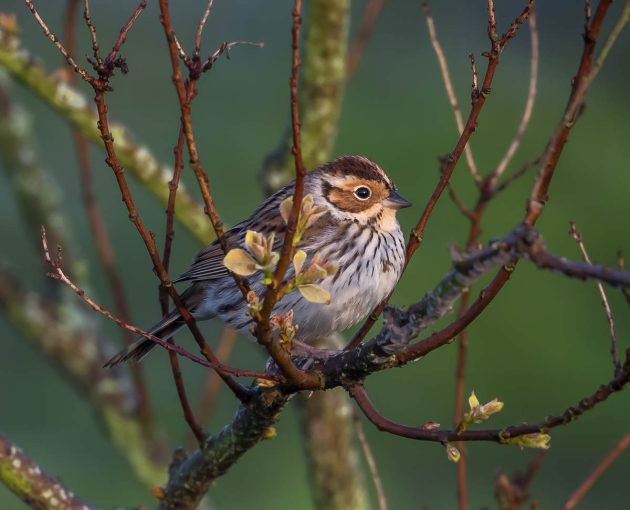
Yellow-throated Bunting
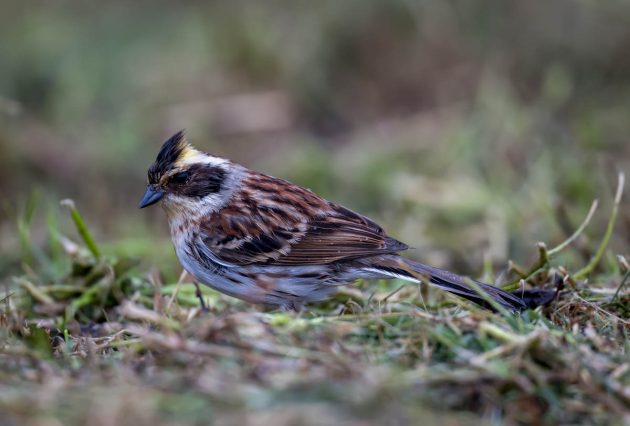
The post ends with another beauty, the Black-capped Kingfisher. Sending photos of it to an American friend and birdwatcher got the following response: “It is grossly unfair that Asians even in massively industrialized landscapes have great kingfishers. North American kingfishers just don’t measure up.”
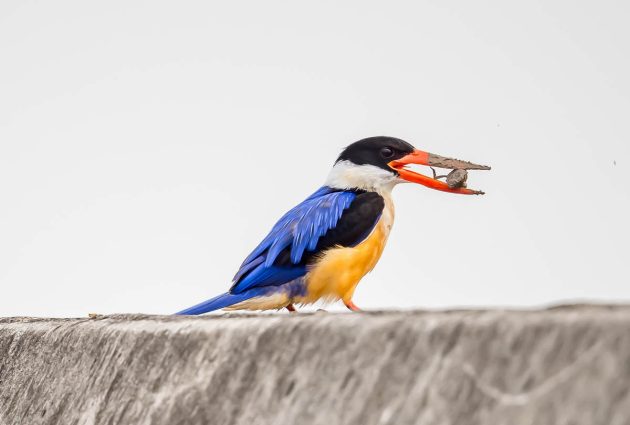
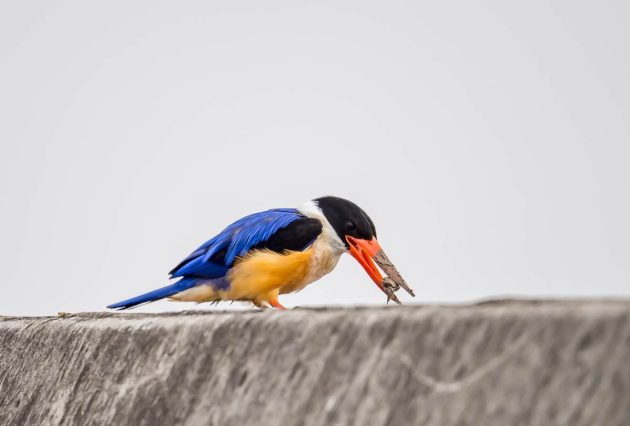
Indeed, decoupling will not be easy for Americans, at least not in the area of kingfishers.
Thanks to S.R. for the title. The second part of it, to be precise – the first part I could just about come up on my own, thank you very much.


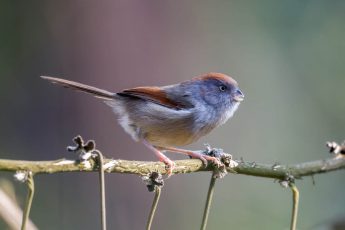
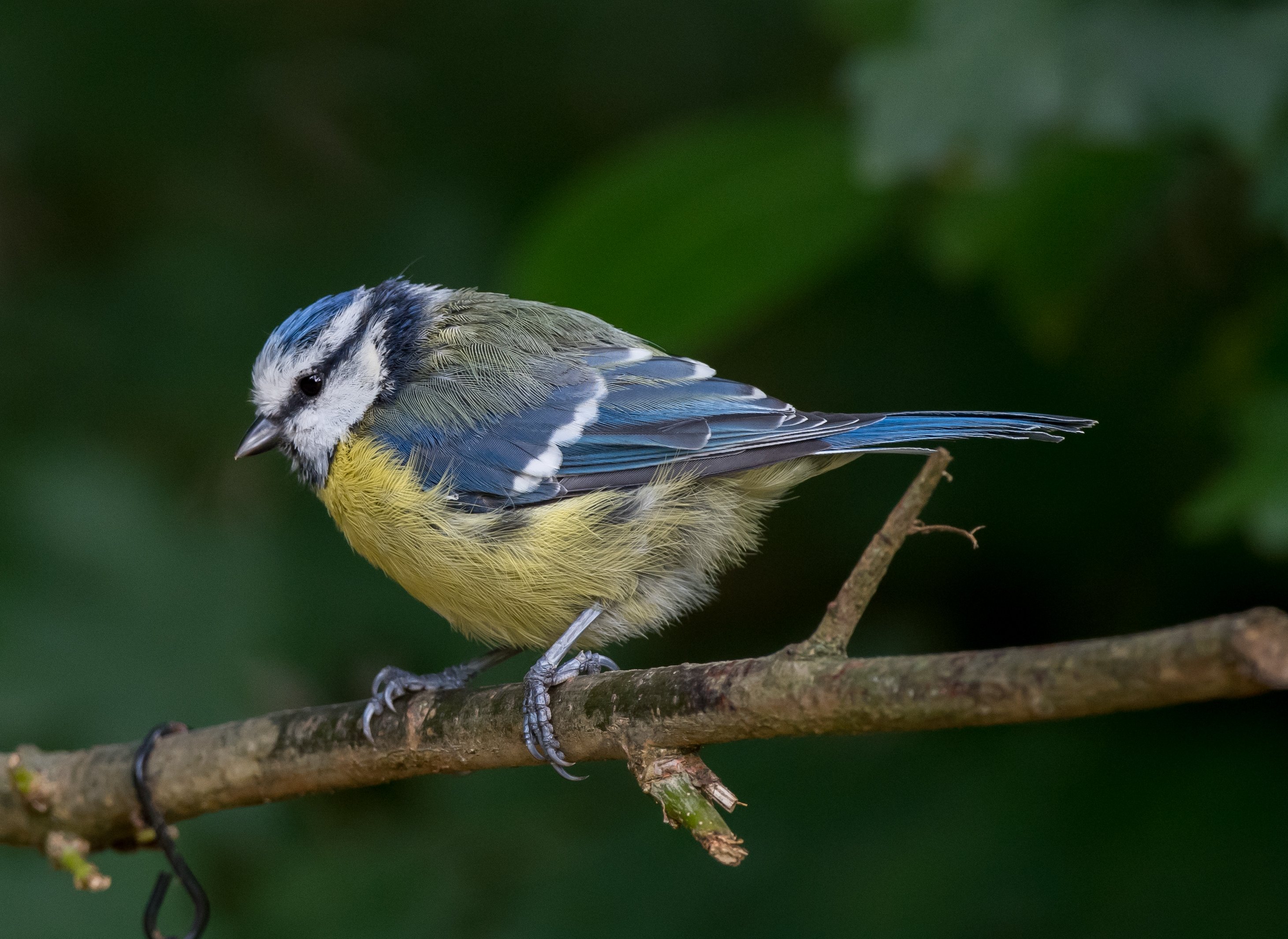
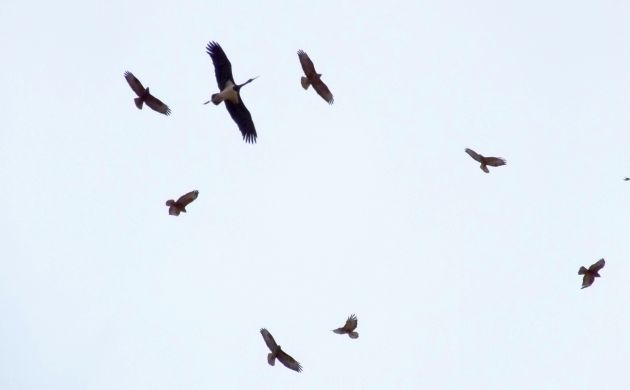

 New writers welcome – please contact us for details.
New writers welcome – please contact us for details.

















Leave a Comment